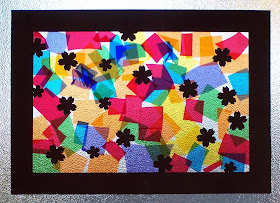There has been much debate about whether studio glass should be classified as art or craft. What is the difference between art and craft anyways? This article goes over the history of studio glass briefly and explains why the classification is not that important compared to appreciating it as it is.
Studio glass is defined as unique work handmade by a single artist-maker, as distinguished from factory-made glassware.
France was the center since the 1880s, with famous artists like Emile Galle, Louis Comfort Tiffany, and their contemporaries. Other famous French names are Henry Cros, Albert Dammous, Maurice Marinot, and Francois Decorchemont. Georges Despret, a Belgian, also contributed to the process.
In the 1950s in America, artists began to establish networks, in which they concentrated on kiln-forming - fusing, slumping, enameling, and lampworking. In the 1960s, the small pot kiln developed which could be set up anywhere and was manageable by one artist. Another discovery that fueled the American movement was the availability of glass that melts at low temperatures. Harvey Littleton was an influential figure in this.
Studio glass is defined as unique work handmade by a single artist-maker, as distinguished from factory-made glassware.
France was the center since the 1880s, with famous artists like Emile Galle, Louis Comfort Tiffany, and their contemporaries. Other famous French names are Henry Cros, Albert Dammous, Maurice Marinot, and Francois Decorchemont. Georges Despret, a Belgian, also contributed to the process.
In the 1950s in America, artists began to establish networks, in which they concentrated on kiln-forming - fusing, slumping, enameling, and lampworking. In the 1960s, the small pot kiln developed which could be set up anywhere and was manageable by one artist. Another discovery that fueled the American movement was the availability of glass that melts at low temperatures. Harvey Littleton was an influential figure in this.


















































